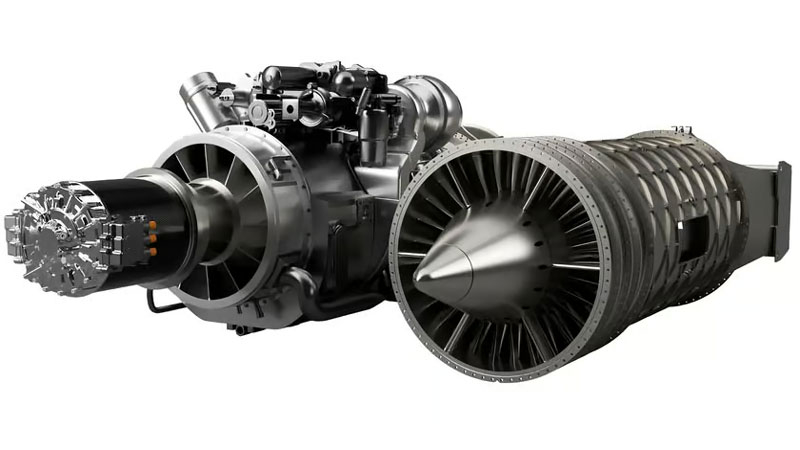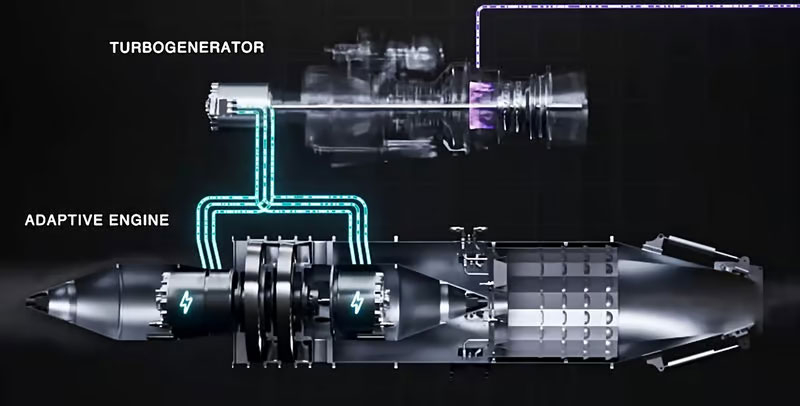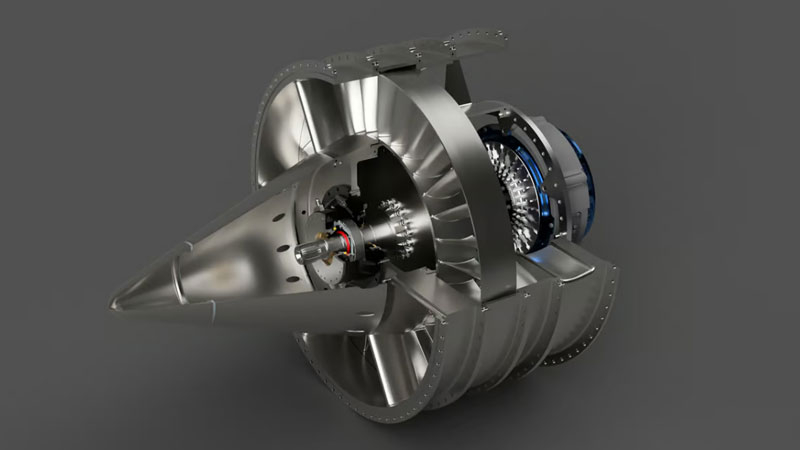American startup Astro Mechanica has conducted the first tests of a revolutionary jet engine that behaves equally efficiently both at subsonic speeds and at speeds well above the speed of sound. If such engines were installed on the Concorde, they could fly 61% further, the developers say. The plan is to create an airplane equipped with such engines and fly it from San Francisco to Tokyo.

Image source: Astro Mechanica
Traditional turbofan and turbojet aircraft engines are each optimized for their specific application. The former are effective for flights at subsonic speeds, and the latter for supersonic flights. But each of them has an air supply system through a compressor to create conditions for efficient combustion of fuel and the formation of a jet stream. And in each case, compression is created due to the oncoming air flow and the operation of the corresponding engine mechanisms.
At different speeds, the volume of air flow is different – for a turbofan engine it is excessive at supersonic speeds, and for a turbojet engine it is insufficient at subsonic speeds. The idea behind Astro Mechanica is to delegate the job of pumping air into a hybrid engine to a compressor on separate electric motors, similar to those found in electric cars (these electric motors are the most efficient in industry today). In the Astro Mechanica design, the adaptive hybrid engine operates using two independent electric motors: for the fan in the turbofan unit and for the compressor for the turbojet part of the engine.

As is easy to understand, electric motors can create optimal operating modes for the turbofan unit and turbojet, regardless of the speed the aircraft develops. Due to this, the engines can operate in three modes: at subsonic speed, at supersonic speed, and even at hypersonic speed, when they actually become ramjet engines. The lack or excess of air is compensated by the operation of electric motors. This adaptive mode adjustment scheme will allow efficient use of fuel throughout the entire flight from taxiing to the runway to takeoff and landing. Concordes spent two tons of fuel just moving from the landing site to the takeoff strip.

Some time ago, Astro Mechanica conducted a test run of the third generation of its adaptive jet engine with an increase in power to 30% of the nominal. In the future, the company intends to create a prototype jet aircraft with four engines of its own design and two GE CT7 engines for a non-stop supersonic flight from San Francisco to Tokyo. The company was founded just three years ago and has eight employees, but even seasoned aircraft engine developers will envy its ambitions.